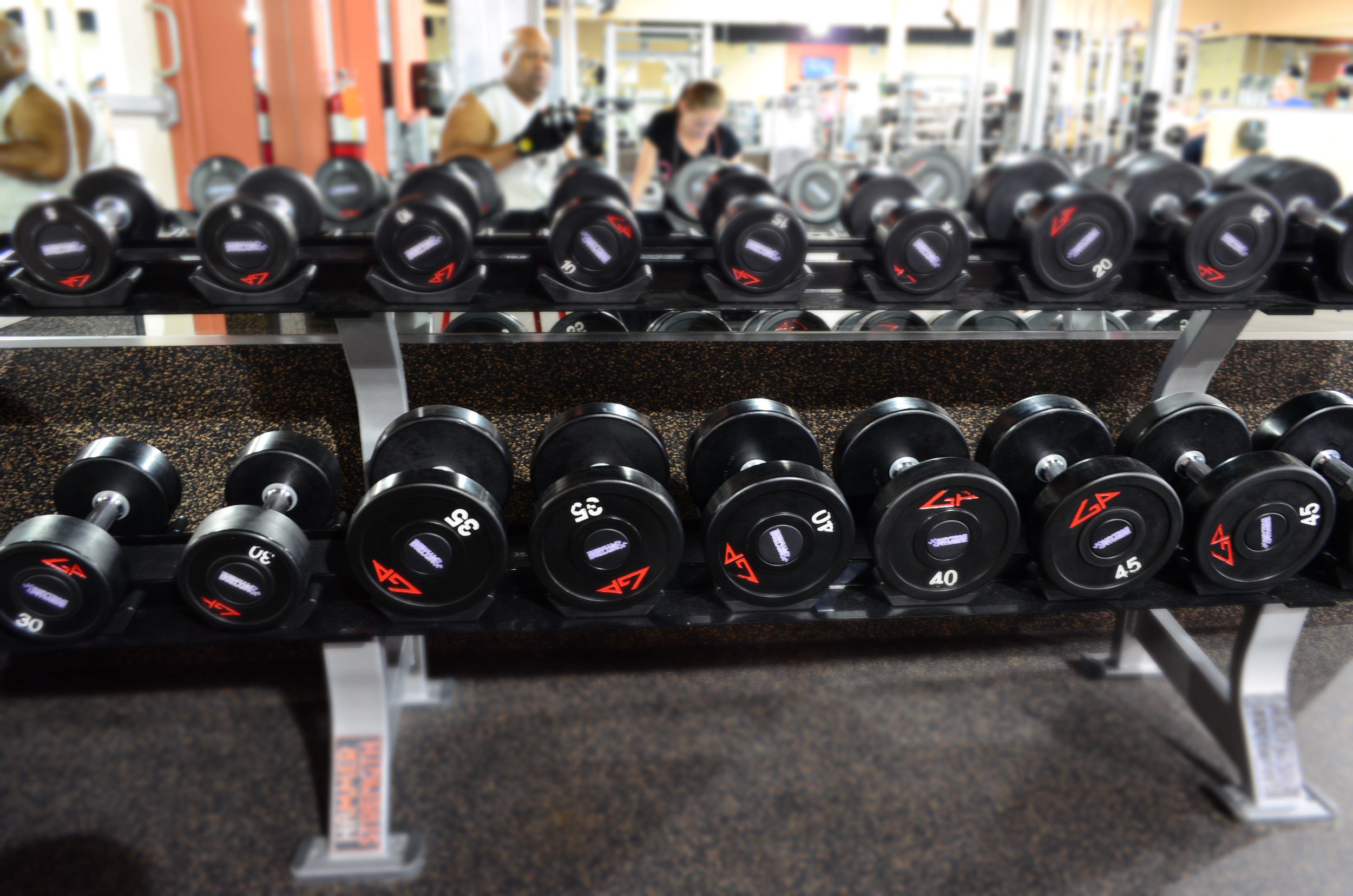

The Travel Workouts Guide
It’s probably easier than you think to train when traveling, as your primary focus should be on maintenance rather than continuing to gain strength and muscle mass. By focusing on the basics, you often only need a single workout per week. At the same time, it’s also important not to overlook the benefit of occasionally just… taking week off.

Why Strength Fluctuates
Strength fluxuations are a natural part of training and aren’t necessarily a sign that you’re not getting stronger or something is wrong with your training program. As long as there remains an upward trend over time, you’re good! Stress, sleep schedule, recovery time, and how much you’re eating can all effect how strong - or not - you are on any given day. Disrupted training, like going on vacation or being sick, can also cause a dip in strength, but these setbacks are usually minor and getting back to your pre-break levels happens relatively quickly. The changes in strength can often be small numbers, too small to be noticed when the minimum weight you add is at least 5 pounds. The use of smaller fractional plates help make the flucuations in strength more clear.

Should You Workout On Vacation?
You don’t need to workout while on vacation. The amount of time people often take for vacations (one to two weeks) is generally not long enough to lose your progress. Even if you do, it’s much easier to get back to your pre-vacation numbers than to get there in the first place. Vacations are supposed to be fun, relaxing, and restorative. You’re not supposed to be going through your normal routine and habits. Taking a break means that you’ll (hopefully) come back to your normal life with enough energy and motivation to make it through until your next break. Traveling, or even vacation days at home, are usually more physical than an average desk job. You’re still moving. However, if it doesn’t feel like enough, a simple workout once a week while on vacation is enough to keep your gains up.

Why Is Lifting Weights Objectively More Fun?
Resistance training is the most fun and empowering way to train because strength gains are more immediate, noticeable, and can be easily tracked. Progress and results that are more nebulous and subjective do not give the same sense of accomplishment, which is why making fitness goals around something that constantly fluctuates like bodyweight is generally unsatisfying. Strength training and other skill based exercises can help people live the lives they want to, and it’s important to find what works best for your life and body.

Should You Train To Failure?
Training to failure is sometimes heralded as a secret technique for gaining mass and strength, and sometimes demonized as being uniquely likely to cause injury. Here’s what the science says, and how you can effectively implement training to failure in your own training.
